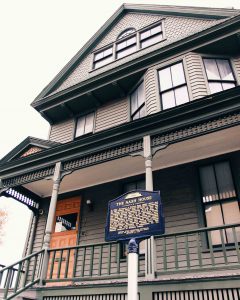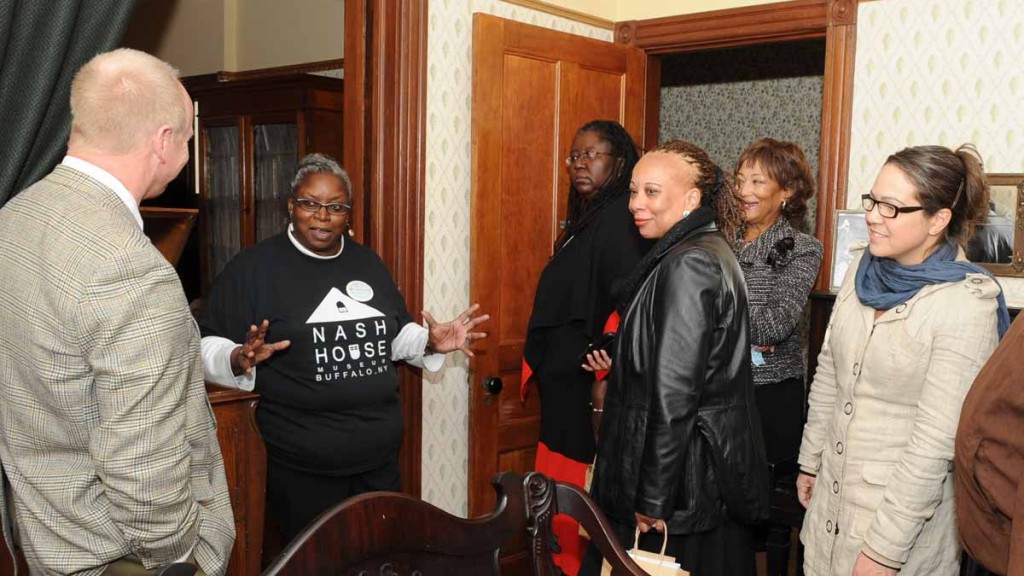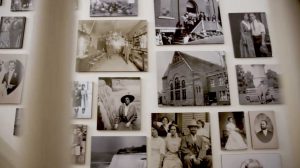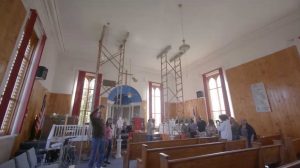Exploring Buffalo’s Black History at the Nash House
The Rev. J. Edward Nash House, located a block off of Michigan Avenue, is a literal and symbolic representation of Buffalo’s African-American story. The house museum is on the National Register of Historic Places.
For more than 60 years (from 1925 until 1987) the former two-family building, at 36 Nash Street, was the home of the Rev. J. Edward Nash, Sr. family. For a similar amount of time (1892–1953), Nash served as pastor at the famous and historic Michigan Avenue Baptist Church (steps away from the house).

“The Michigan Avenue corridor is one of Buffalo’s cradles, particularly for the black community—‘colored’ as it was called back then,” said the late George Arthur, treasurer of the Michigan Street Preservation Corporation and the Nash House’s de facto best docent. “There was a large Jewish population, and the area was home to Buffalo’s first and only Chinatown.”
For the majority of the first half of the 20th century, Nash was among the most widely known and respected African-American Buffalonians, bridging the gap between white and black communities, and interacting with interfaith clergy, elected officials and visiting dignitaries alike. Nash is credited for his involvement in bringing the Urban League and the NAACP to Buffalo. His reputation expanded beyond Buffalo and Western New York; in 1910 he hosted famous Tuskegee educator Booker T. Washington in Buffalo.

“The ministers of the five or six largest black churches would meet with Nash in his second-floor office,” said Arthur. “All kinds of strategy sessions took place. The fact that Nash was a college graduate helped him become the spokesperson for the black community.”
The home, which was discovered in the late 1980s to have been completely untouched after both the senior Nashes passed, stands essentially as a time capsule. When members of the Michigan Street Preservation Corp. were invited to tour the building by Jesse Nash, Jr. they found the reverend’s office—his letters, sermons, and books—seemingly undisturbed since he had last used them. The furniture, typewriter, Victrola, and everything else in the upper floor also remained pristine.

“This family never threw anything out,” said Arthur. “And after his parents were gone, Jesse continued to preserve everything.”
Changes under consideration now for the Nash House include reconfiguring the first floor to create more engaging, interactive displays, and to display more artifacts. Longer-term, there is the possibility of an addition to the building, to become a heritage center.

The Nash House opened as a museum in 2007. “This the only place in WNY that you can see the in-depth history of the black community; with all these archives, papers, and artifacts, no other facility matches it,” said loyal keeper of the Nash flame, Mr. George Arthur.
With thanks to the Nash House Museum; this article is partially based on research by the late Professor Emeritus Monroe Fordham, Buffalo State.
